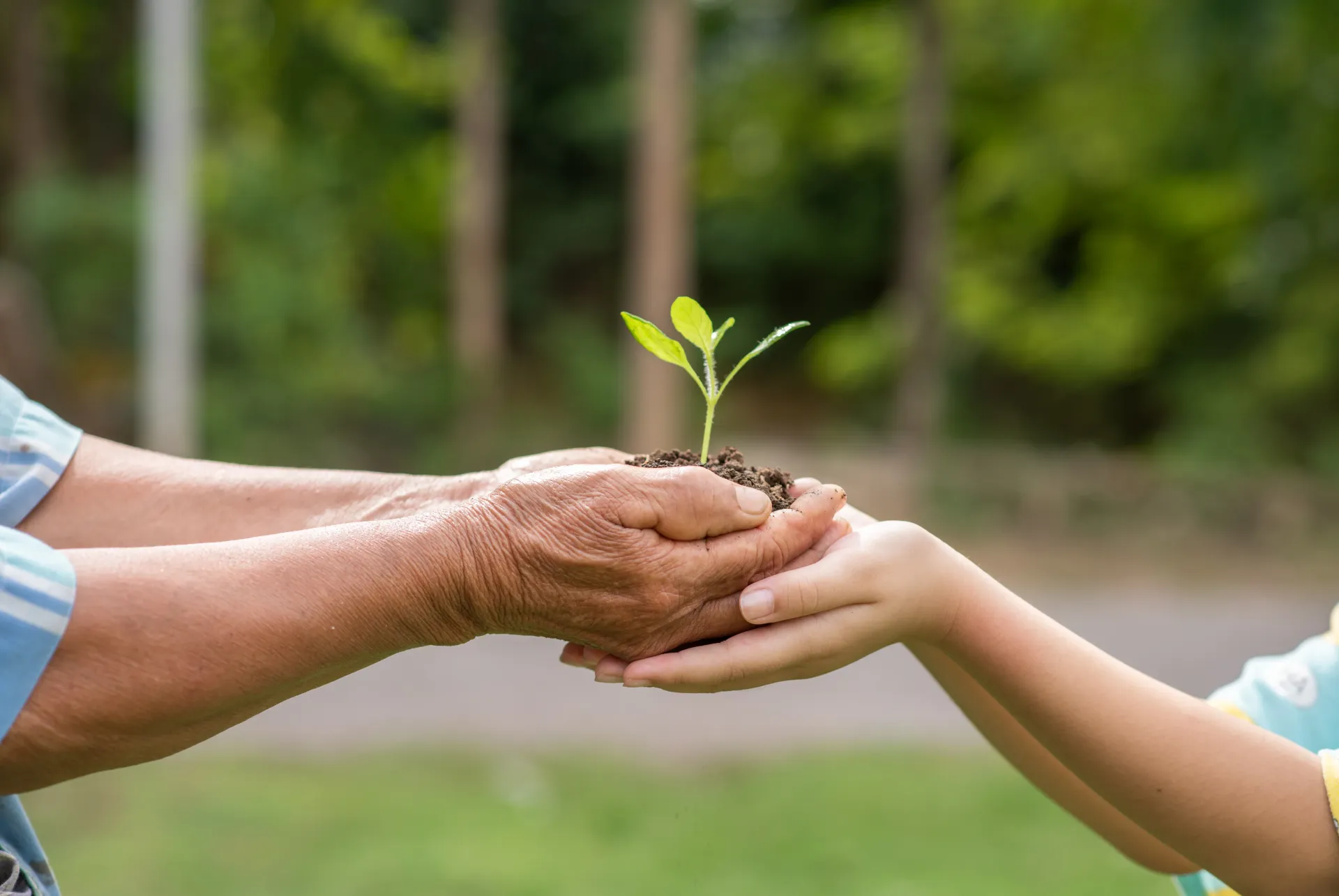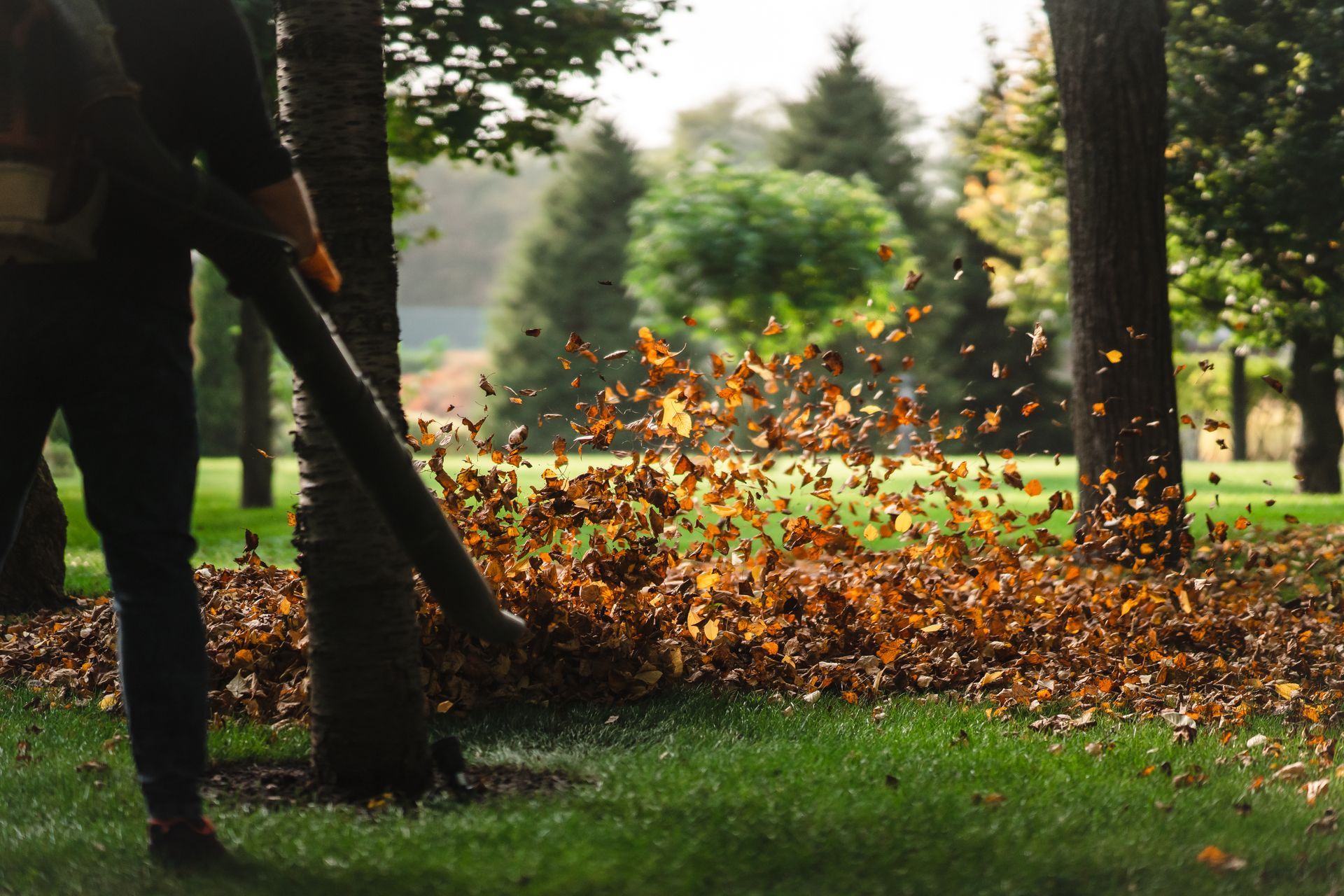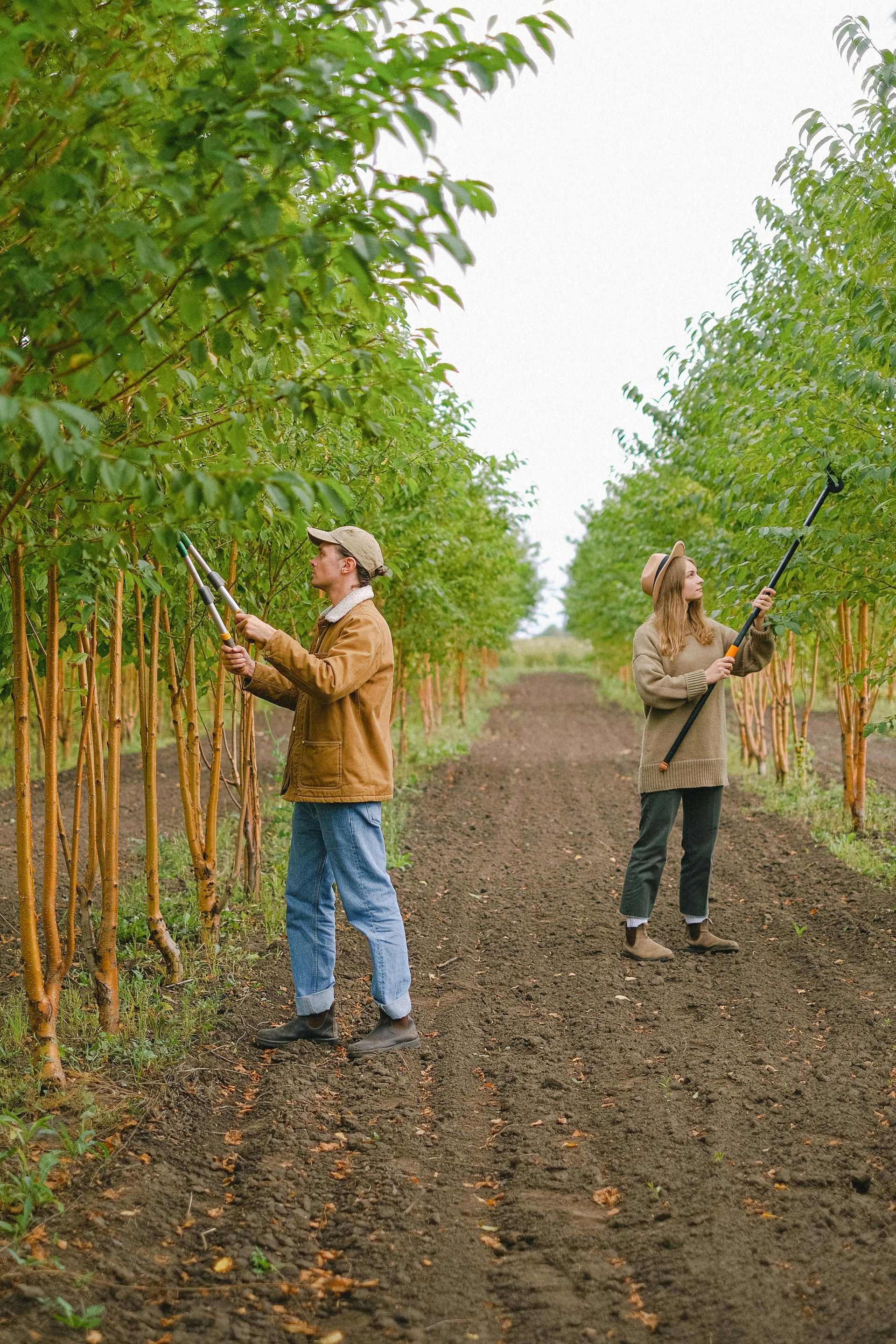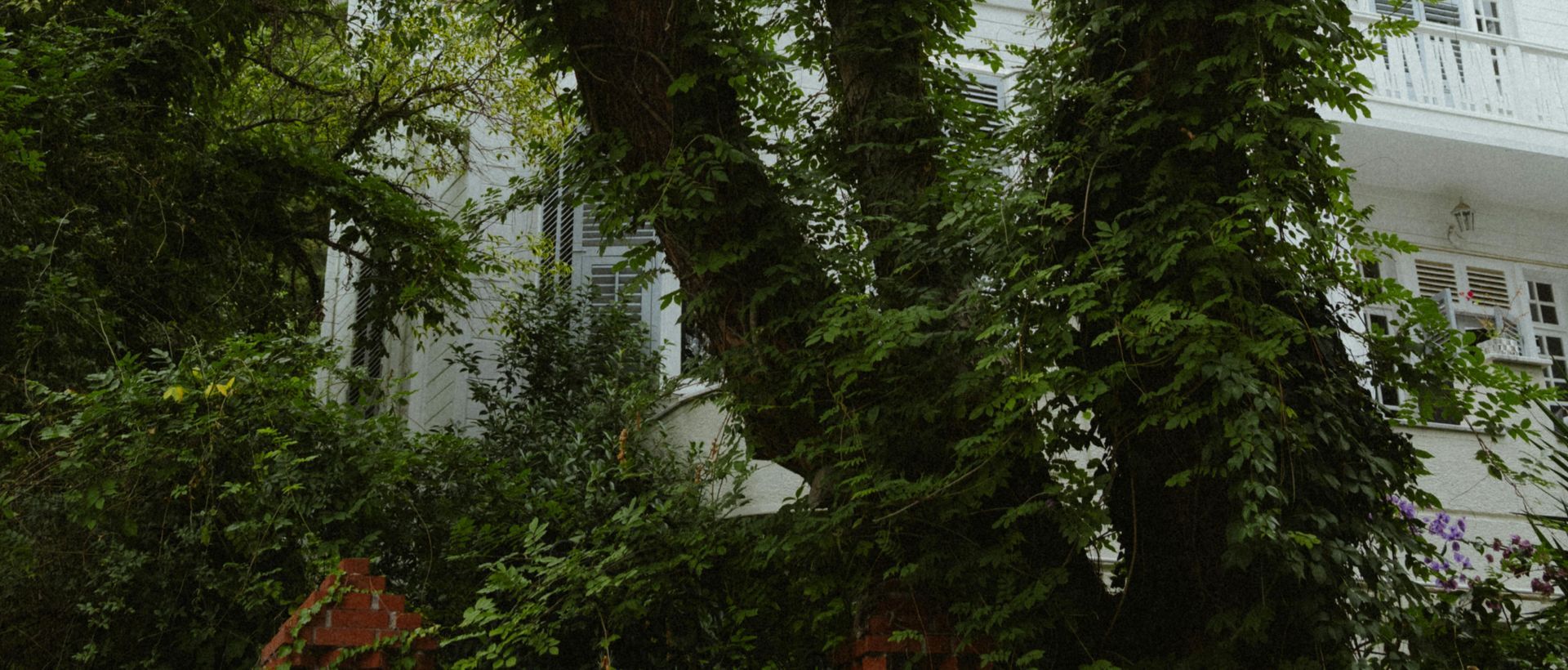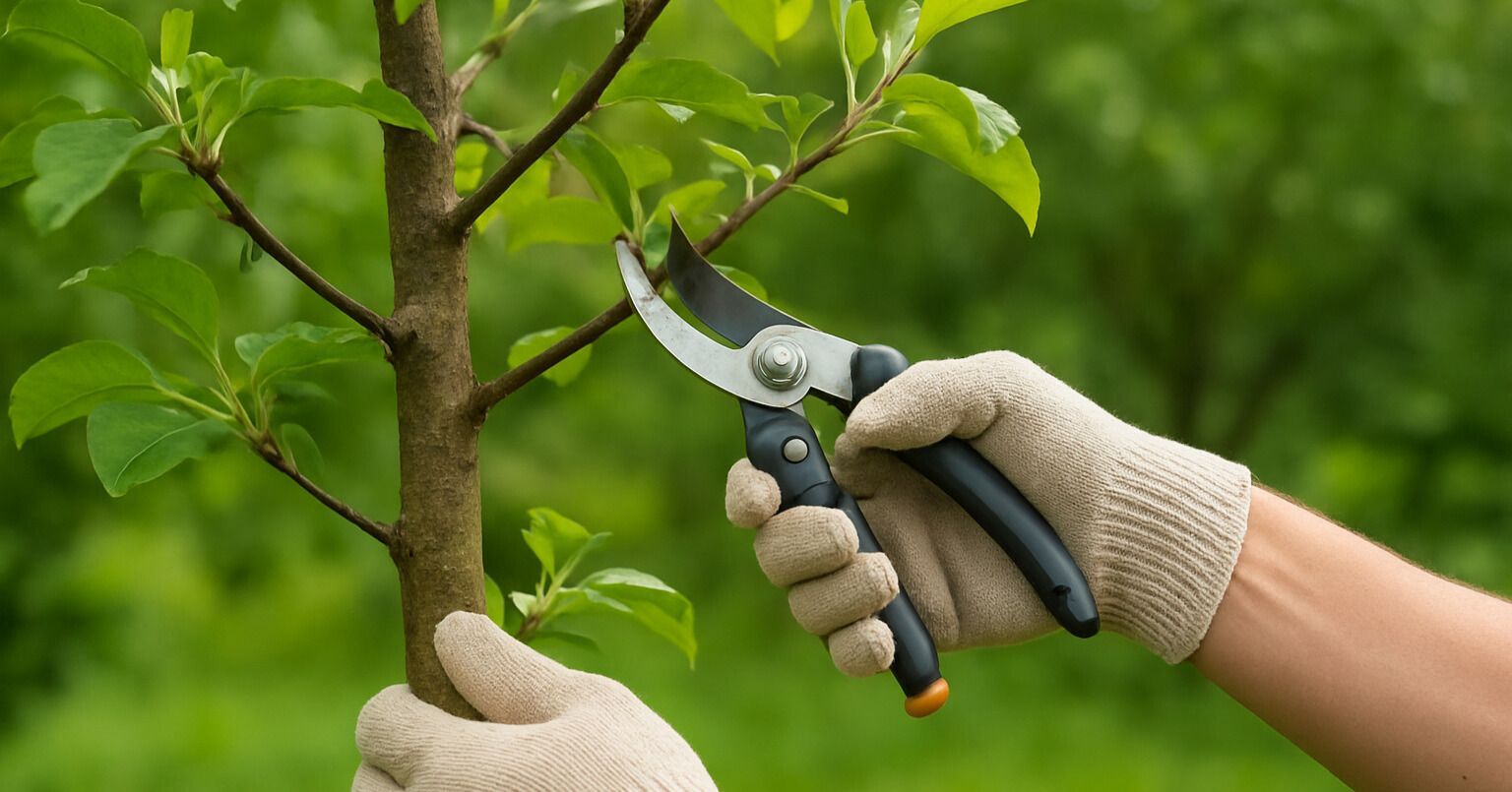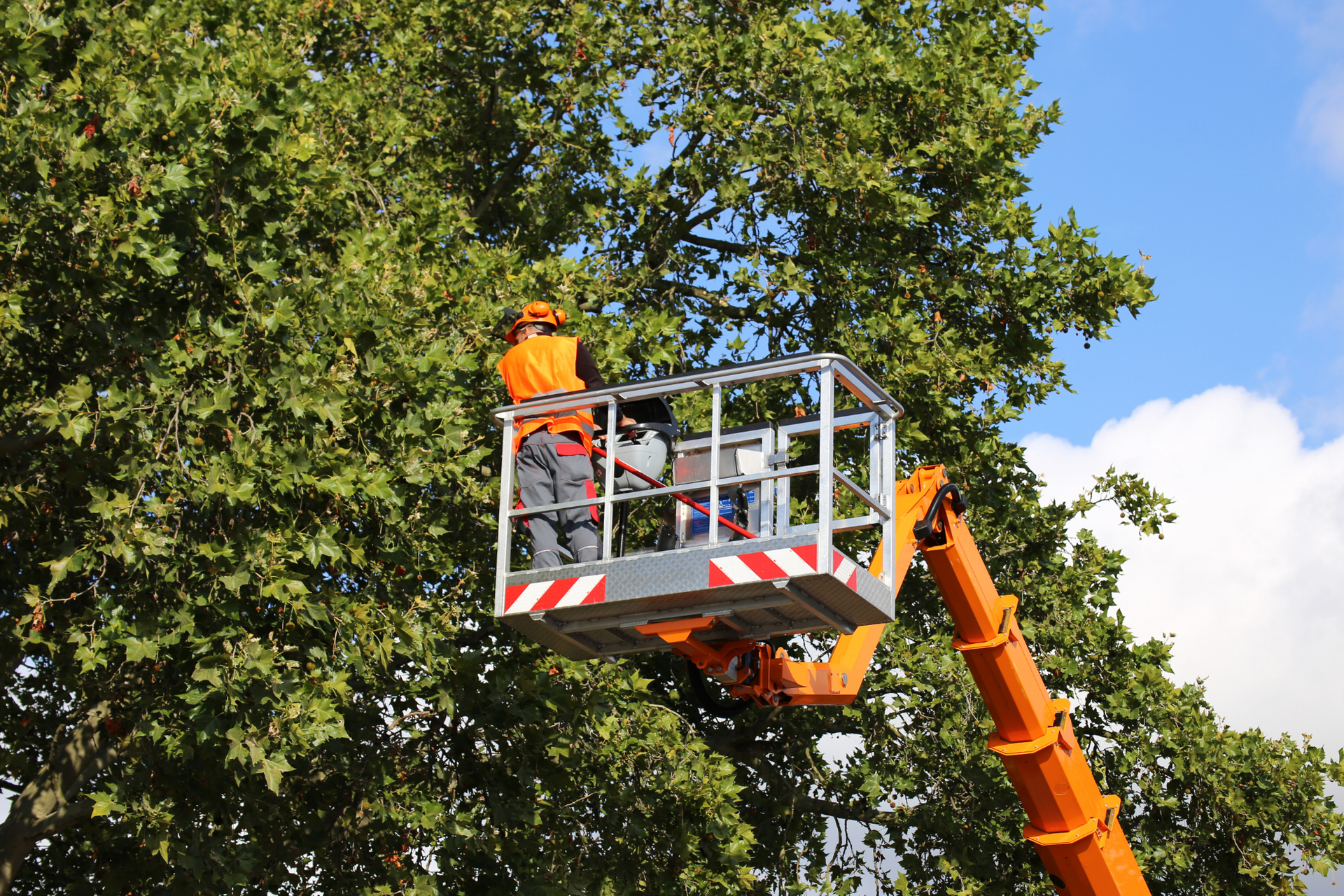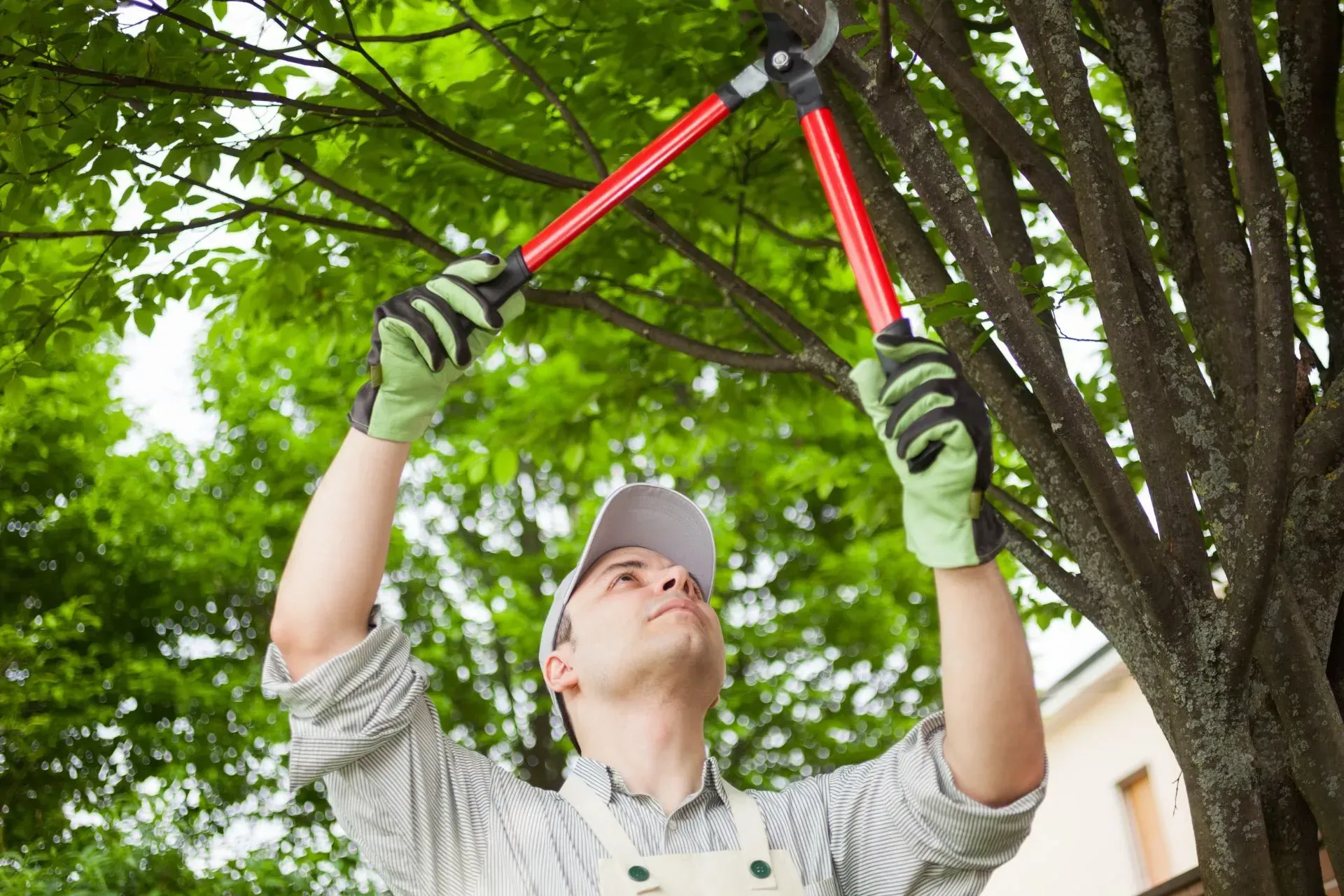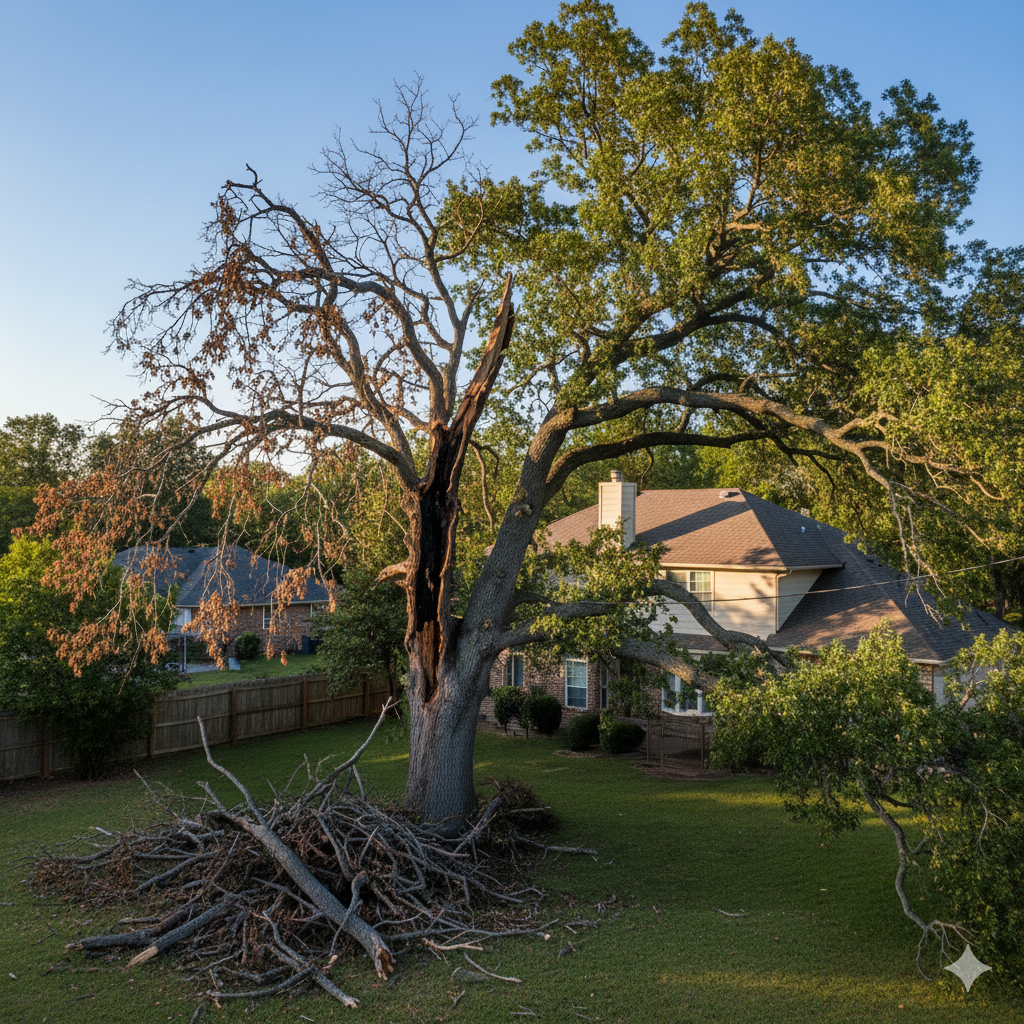Protecting Your Home: Preventing Nearby Branch Breakage
Every homeowner dreams of that perfect backyard view — perhaps shaded by towering trees that have stood for decades. However, what many overlook is the hidden risk: nearby branch breakage. Whether it’s due to storm winds, decay, or poor pruning, falling branches can wreak havoc on your property, vehicles, and even your safety. That’s why protecting your home from nearby branch breakage isn’t just smart — it’s essential.
Trees add beauty and value to any property, but without regular care and attention, they can turn from gentle giants into structural threats. This guide will arm you with everything you need to know — from identifying risks to preventative strategies — so you can rest easy even during the windiest nights.

Common Causes of Branch Breakage
Branch breakage doesn’t happen randomly. It usually results from predictable causes:
- Weather: Heavy snow, windstorms, and ice can overload or snap limbs.
- Decay and Disease: A rotting core or fungal infection weakens limbs.
- Overgrowth: Dense, unpruned branches become too heavy or brittle.
- Pest Infestation: Termites, beetles, and other critters can hollow out branches.
Understanding these root causes helps in spotting danger before it’s too late.
Seasonal Hazards: When to Be Most Vigilant
- Winter: Snow accumulation adds excess weight to limbs.
- Spring: Rapid growth without proper pruning causes uneven load-bearing.
- Summer: Drought stresses trees, leading to brittle wood.
- Fall: Shedding leaves can hide broken or hanging branches.
By anticipating seasonal stressors, you can prepare your trees — and your home — accordingly.
Visual and Audible Warning Signs to Watch
Before branches fall, they often cry out for help — literally.
- Creaking or cracking sounds can signal structural weakness.
- Dead or leafless limbs during the growing season are a red flag.
- Leaning or asymmetrical growth increases breakage risk.
- Visible cracks or cavities indicate internal decay.
A proactive homeowner pays attention not just to what the tree looks like, but also to what it’s trying to tell you.
How to Assess Tree Health Like a Pro
Tree health assessment doesn't require a forestry degree — just a little know-how.
- Examine the bark: Peeling bark or soft spots suggest disease.
- Check the roots: Exposed or rotting roots destabilize the entire structure.
- Inspect the canopy: Sparse foliage often signals underlying health issues.
When in doubt, a professional Tree Service can provide expert evaluation.
Top Preventive Measures You Should Start Today
Preventing damage is always cheaper than repairing it. Here’s how:
- Routine Pruning: Trim heavy or overextended branches.
- Balanced Growth: Thin crowded areas to reduce wind resistance.
- Structural Support: Use cabling and bracing for high-risk trees.
- Avoid Topping: This weakens trees and encourages chaotic regrowth.
A smart trimming schedule each season reduces long-term risks.
When to Call in the Pros
Some tasks are too big — or dangerous — for a ladder and a saw. Here’s when to contact a Tree Service:
- Large limbs overhanging homes or power lines
- Signs of rot or internal decay
- After major storms or lightning strikes
- When a tree leans noticeably
Certified arborists offer assessments and action plans that ensure both safety and compliance.
FAQs
How often should I prune my trees to prevent breakage?
At least once annually. Ideally in late winter or early spring before new growth begins.
Can healthy-looking trees still drop branches?
Yes. Even healthy trees may suffer from "sudden limb drop syndrome," especially in hot weather.
What trees are most prone to branch breakage?
Willows, Silver Maples, and Bradford Pears have notoriously brittle branches.
How do I know if my neighbor's tree is a threat to my home?
If branches cross into your property or show visible signs of distress, document it and consider mediation or contacting them via
Contact.
Does home insurance cover damage from falling branches?
Usually yes, if the branch fell due to wind or storm. Not if due to neglect.
Is cabling or bracing a permanent fix?
No, but it can extend the life of a tree while minimizing risks.
Conclusion: Be Proactive, Not Reactive
Protecting your home by preventing nearby branch breakage is all about foresight. Trees don't break overnight — they offer warning signs, cues, and even sounds that trouble is brewing. By acting early, whether by conducting seasonal checks or consulting professional Tree Service, you can keep your home, family, and trees safe for years to come.
Links:
